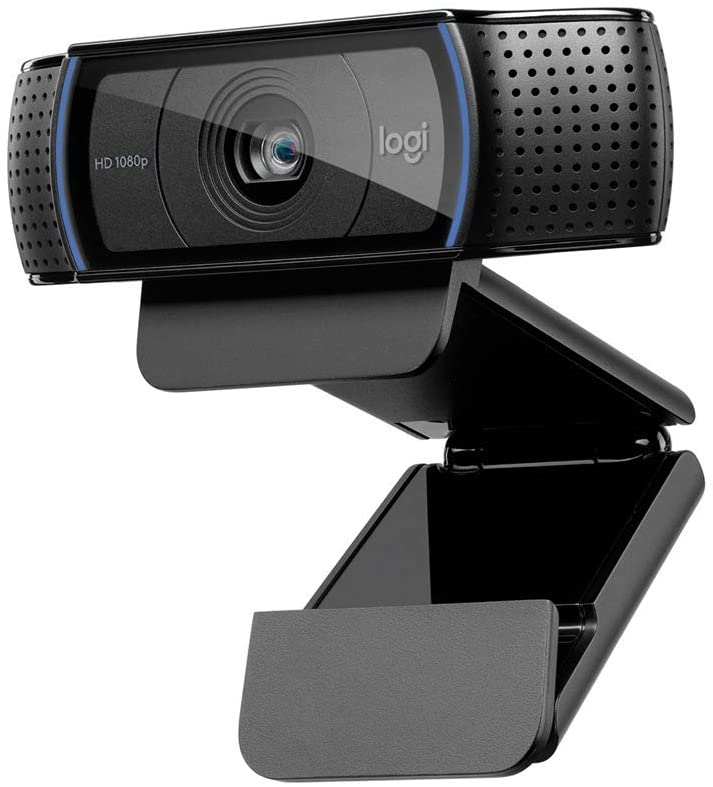
In a previous post I wrote about how I set up my webcam on Linux. It turned out it was actually suffering from random disconnects which made it very unreliable for professional video calls. I also couldn’t get more than 0.5 fps if I recorded with it, so I switched to the (very expensive for what it’s worth) Logitech C920 HD Pro.
Too expensive
The Logitech C920 does have its advantages:
- It works on Linux out of the box
- It doesn’t seem to randomly disconnect (so far)
- Allows recording 1080p at 30 fps
But apart form that I actually find its video sensor inferior to that of the cheap Chinese webcam:
- The contrast is off no matter what I do
- The colors seem artificial (although with enough tuning of the saturation and white balance temperature you can get something decent)
- The viewing angle is large, not extra large
It also lacks some features with respect to the cheap Chinese webcam:
- It doesn’t swivel (if you want to rotate it, you have to rotate your screen)
- It doesn’t come with a privacy shutter
- It doesn’t come with a tripod
But I guess this is the “package” you get when buying into a “reputable” brand like Logitech… anyway, I digress. The real issue is…
Bad autofocus
The autofocus on this webcam is horrible! I did myself a favor and promptly turned it off. With the v4l-utils package installed, do this (assuming your Logitech C920 is /dev/video0):
1
2
v4l2-ctl -d /dev/video0 --set-ctrl=focus_auto=0
v4l2-ctl -d /dev/video0 --set-ctrl=focus_absolute=0
Add the above lines to a script to run automatically each time you log in (put it in /etc/profile or add it as one of the scripts to run in /etc/profile.d/). If the image is not sharp enough, you can also alter the sharpness parameter (see below).
Other settings
To see the other settings that are available for the Logitech C920 webcam:
1
v4l2-ctl -d /dev/video0 --list-ctrls-menus
You can manually tune the brightness, contrast, saturation, white balance temperature, sharpness, exposure and gain settings with v4l2-ctl. The pan and tilt don’t seem to work.
If you need a graphical user interface, you can use guvcview.
Conclusion
All in all it’s not a bad webcam. I just wish the sensor was as powerful as the one in the Chinese webcam but without its stability (random disconnect) issue.
Comments powered by Disqus.